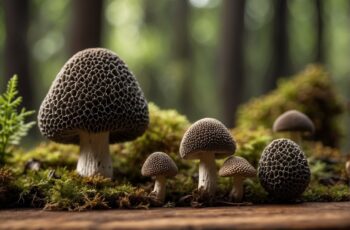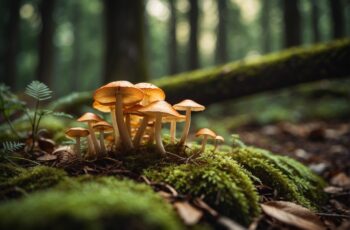Morel mushrooms are among the most highly prized culinary delights in the woodland foraging world, and for a good reason. Their rich, nutty flavor and unique texture make them a sought-after ingredient for chefs and home cooks alike. Each spring, as the weather warms, morel enthusiasts venture into the woods with eager anticipation. If you’re considering joining the hunt or simply want to purchase these elusive fungi, it’s important to be informed about where and when to find them, and the best practices for buying.
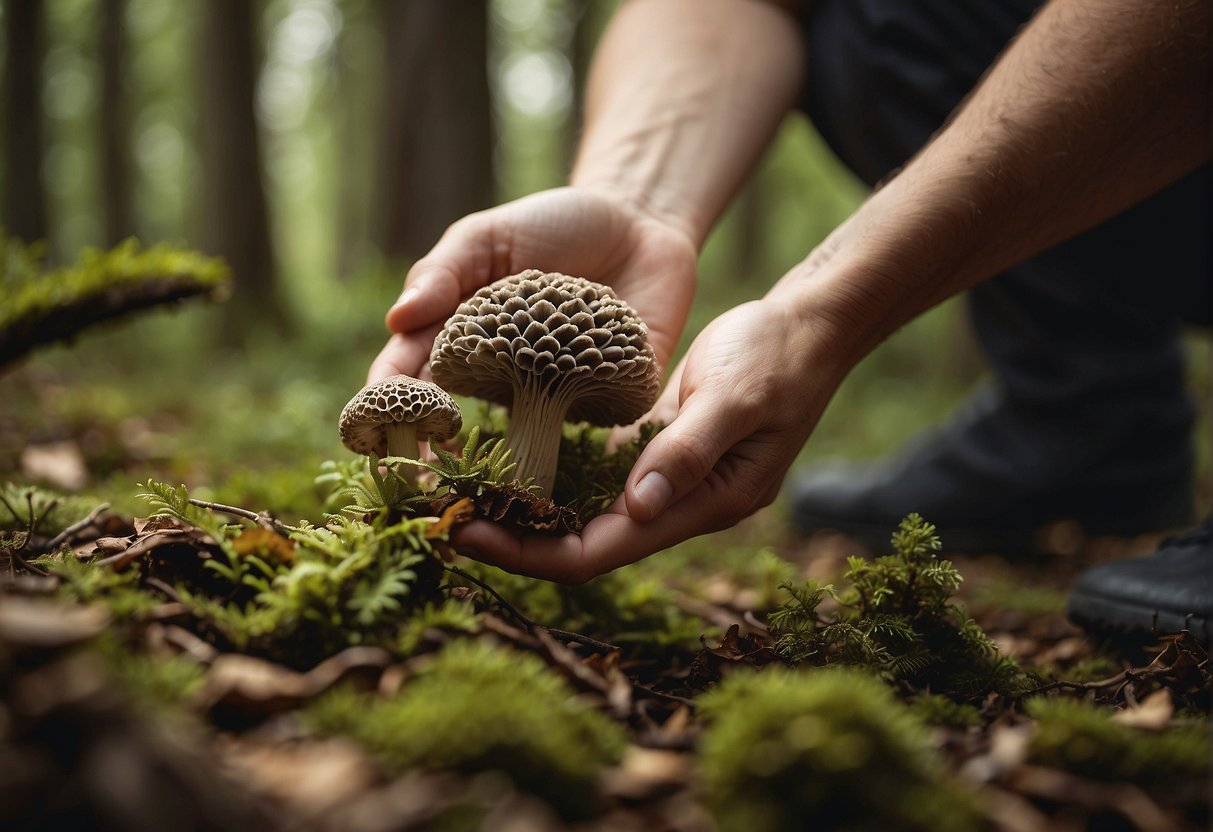
While morels can be found in the wild during their growing season, it’s crucial to recognize the characteristics of true morel mushrooms to ensure safety. Furthermore, knowing when morels are in season in your region can significantly increase your chances of finding them. However, if foraging isn’t for you, rest assured that morels can also be bought from reputable sources. Understanding the options for buying morels, such as fresh, dried, or frozen, and how to store them, can enhance your culinary experience.
Key Takeaways
- Morel mushrooms are a seasonal woodland delicacy with a distinctive flavor.
- Safety and timing are essential when harvesting or buying these fungi.
- Purchasing from reputable sources offers fresh, dried, and frozen options.
Understanding Morel Mushrooms
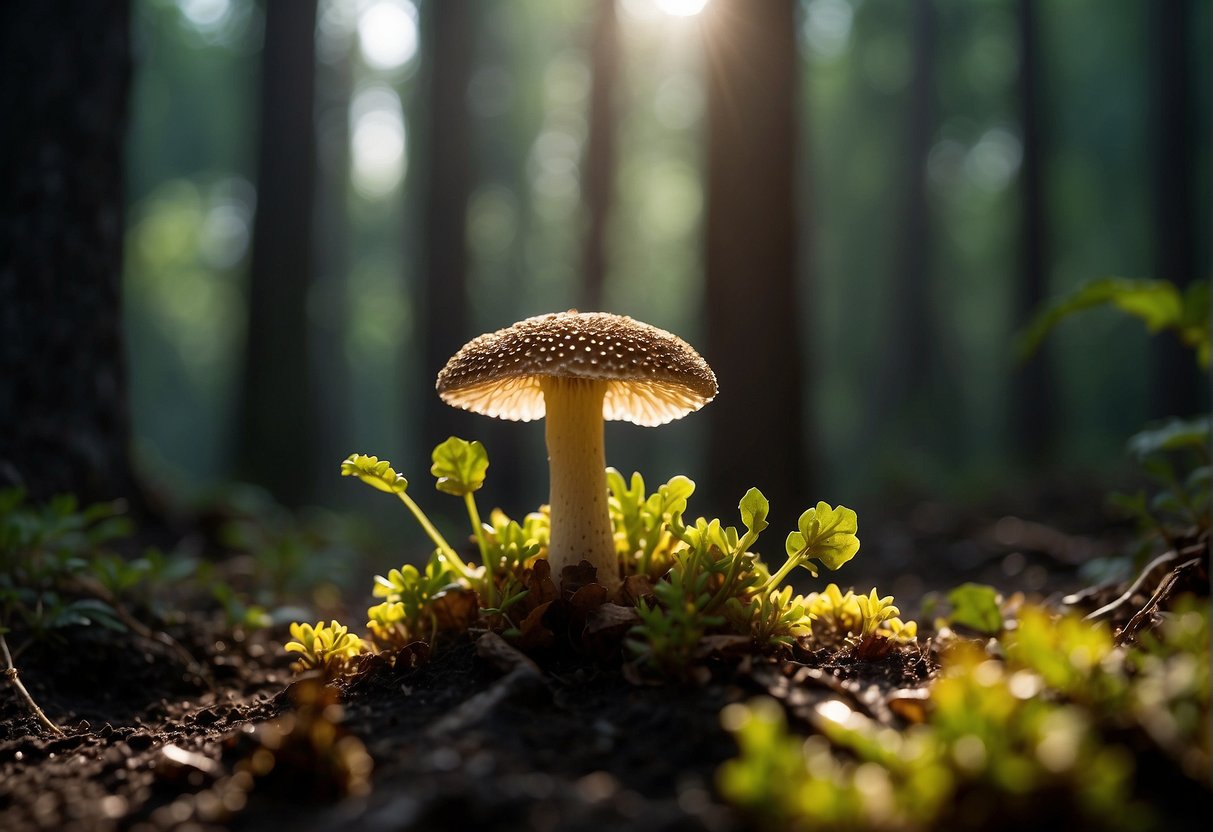
When seeking out these distinctive fungi, it’s important to identify them correctly and appreciate their nutritional benefits. Here’s what you need to know.
Varieties and Identification
Morel mushrooms come in several varieties, often distinguished by color. The common morels include yellow morels (Morchella esculenta), characterized by a honeycomb-like exterior, and black morels (Morchella elata), which are darker and appear earlier in the spring. There are also gray morels, sometimes referred to as blonde morels, which can change color as they mature. While morels are highly sought after, it’s crucial to differentiate them from their toxic look-alikes, often referred to as false morels. A key distinguishing feature of true morels is the hollow cavity that runs from the tip of the cap to the bottom of the stem.
Nutritional Value
Morel mushrooms are not only a delight for foragers but also a source of impressive nutrition. They are low in calories yet rich in essential nutrients like vitamins and minerals. Morels are particularly notable for their vitamin D content, critical for bone health and immune function. They also provide a good amount of B vitamins, copper, and zinc, which support nerve health and the immune system. Moreover, morels contain potassium and selenium, minerals important for cardiovascular health and antioxidant protection, respectively. For those seeking organic options, morels are naturally organic, as they are typically wild-harvested and not cultivated. Remember to cook them, as raw morels can be hard on your digestive system.
Remember, proper identification and understanding of their nutritional value will enhance your foraging experience and ensure you reap the benefits of these forest treasures.
Harvesting and Availability
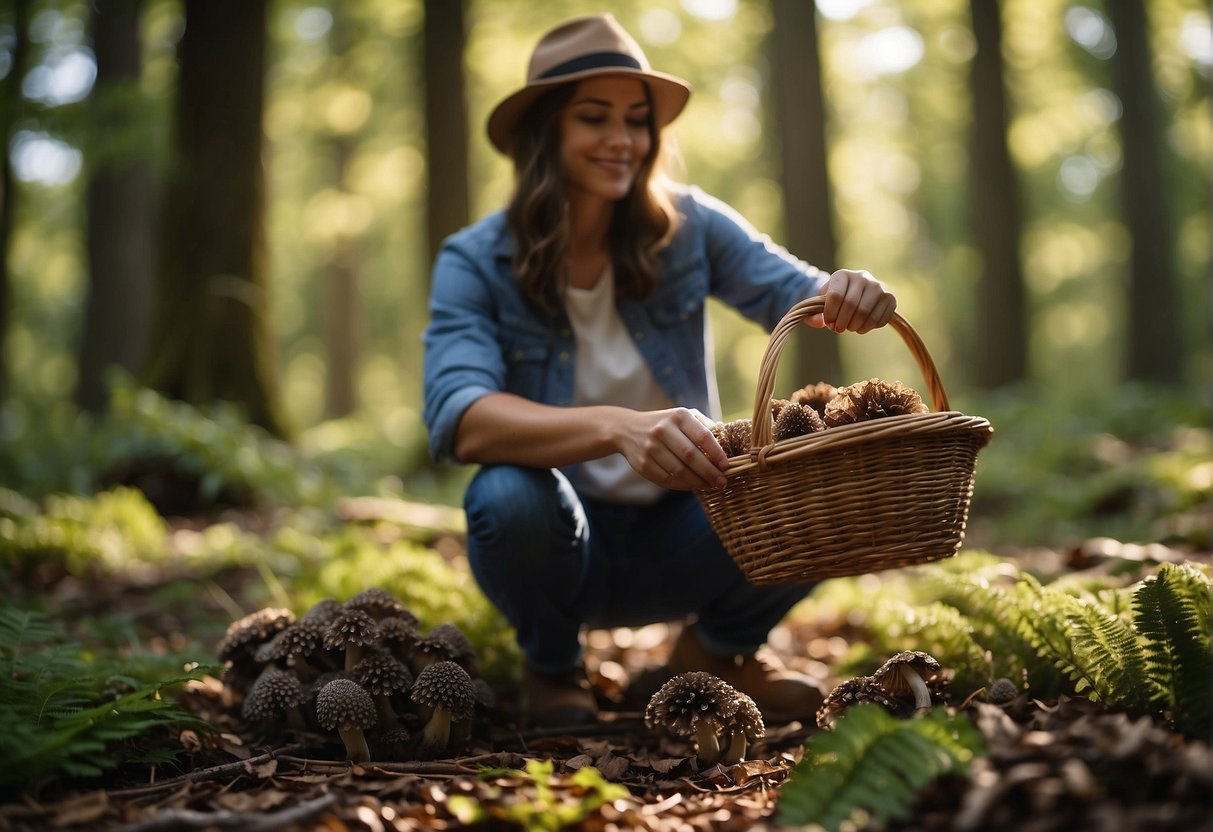
When thinking about morel mushrooms, you should know that their availability is largely dependent on specific regional and climatic conditions. They are a prized find for enthusiasts, so understanding when and where to look for them can greatly enhance your foraging experience.
Best Times and Places for Foraging
Morel mushrooms typically make their anticipated appearance in the spring. If you’re in the Midwest, including states like Minnesota, your best bet is to search from late April through May. Morels have a symbiotic relationship with certain trees, so to increase your chances of a bountiful hunt, head to areas populated with apple trees and cottonwood trees. Areas recovering from forest fires in the Pacific Northwest, particularly in states like Oregon, can also be rich in morels the following spring.
Weather Impact on Growth
Weather conditions play a crucial role in the presence of morels. They thrive with appropriate moisture and warmth, making post-rain periods with soil temperatures around 45 to 50 degrees Fahrenheit ideal for mushroom growth. Your foraging should coincide with these weather patterns to ensure the highest chances of finding these elusive fungi. Keep an eye on the local forecasts and plan your mushroom hunts after a good rain, as this is when morels are more likely to make their appearance.
Culinary Uses of Morels
Morel mushrooms offer a distinctive earthy flavor that elevates a variety of dishes, from simple sautés to elaborate sauces. Their unique texture and rich taste make them a prized find for your kitchen endeavors.
Preparing Morels for Cooking
Before you start cooking, it’s crucial to clean your morels properly. Fresh morels should be washed in salt water to remove any dirt and critters. Slice the morels in half from top to bottom and soak them briefly in the solution. Afterwards, rinse the morels thoroughly but gently under cool running water. If you’re working with frozen morels, defrost them and pat dry. Remember, drying after cleaning is as important as the cleaning itself to prevent them from becoming soggy during cooking.
Popular Morel Recipes
Sautéed Morels
- Melt butter in a pan over medium heat.
- Add morel caps and cook until browned, often 3-5 minutes on each side.
For a simple, yet delicious dish, sautéed morels with butter and a pinch of salt can’t be beaten. This method preserves their earthy flavor and adds a nice texture to the plate.
Morel Cream Sauce
- Prepare a base with sautéed onions and garlic.
- Add chopped morels, cook until they release their moisture.
- Stir in cream and simmer until the sauce thickens.
A cream sauce featuring morels is a classic choice, perfect for draping over chicken or incorporating into a stew. The cream complements the subtle flavors and textures of the morels.
Morel Soups and Stews
In a stew or soup, morels contribute their flavor and become tender, soaking up the surrounding broth or sauce. Start by roasting or sautéing the morels before adding them to your liquid base to intensify their taste.
Whether you’re just whipping up a quick sauté or meticulously crafting a recipe, morels make all the difference with their irresistible earthy charm. Venture into these preparations and find out just how much these mushrooms can offer to your table.
Buying Tips and Safety
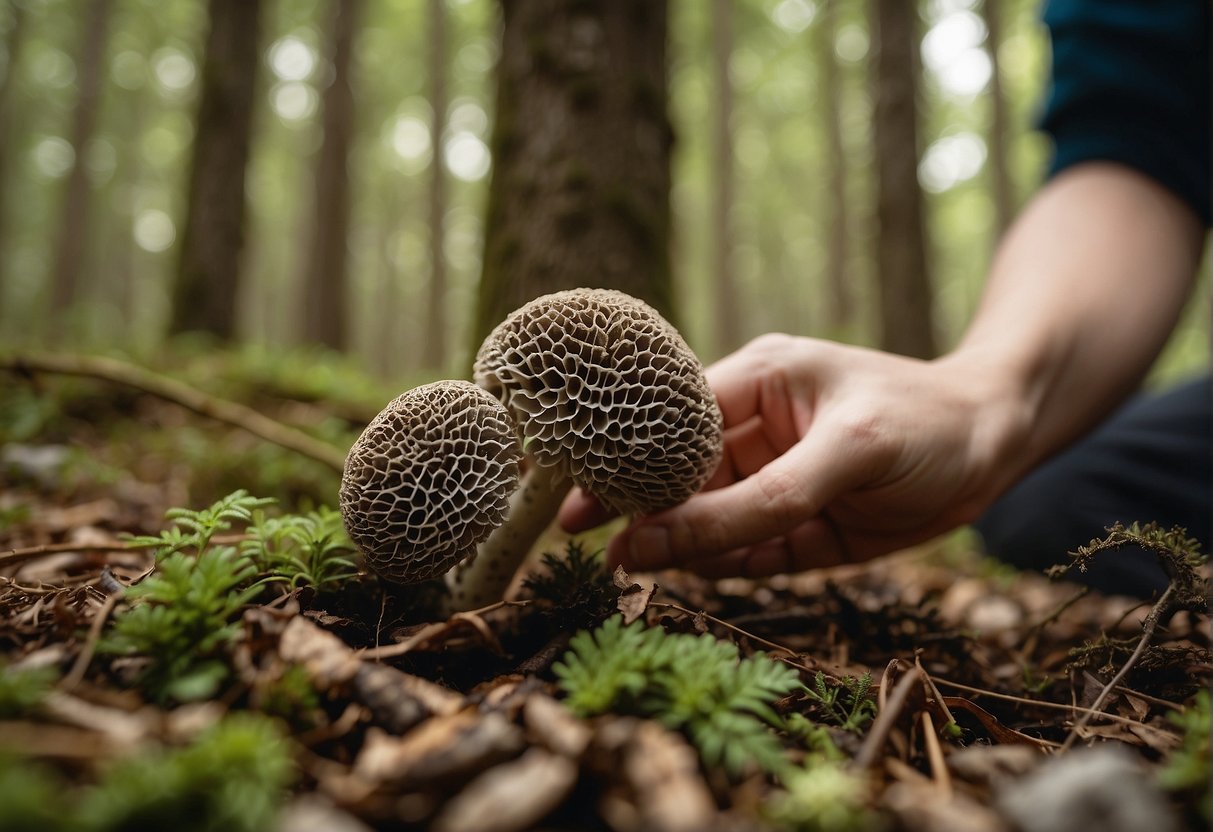
When you’re in the market for morels, be aware that quality can vary, and look-alikes can be dangerous. It’s paramount to buy from reputable sources, store them correctly, and confidently identify the real deal to ensure safety and enjoyment.
Where to Buy Morels
Your quest for morels could lead you to various places. Specialty stores often stock these elusive fungi, but for a convenient at-home experience, you might consider online shops that specialize in wild edibles. Look for vendors like MorelMasters, which offer fresh morels with reliable shipping options. Compare prices and check if the store offers a guarantee of authenticity.
Storing and Handling Morels
After securing your morels, proper handling is key to maintain their integrity. Morels should be refrigerated in a paper bag; plastic can cause moisture build-up, which may lead to spoilage. Check for any critters, and gently clean the morels before storing. For those who favour long-term storage, consider drying morels to extend their shelf life without compromising flavor.
Identifying and Avoiding Lookalikes
Morels have distinct features: honeycombed caps and hollow interiors. Watch out for the poisonous false morels, like the pinecone mushroom, which can cause illness. When purchasing morels, rely on established, knowledgeable purveyors to ensure you’re getting the real, edible mushroom. A trusted supplier will provide information on how to differentiate between true morels and potentially dangerous counterparts.

